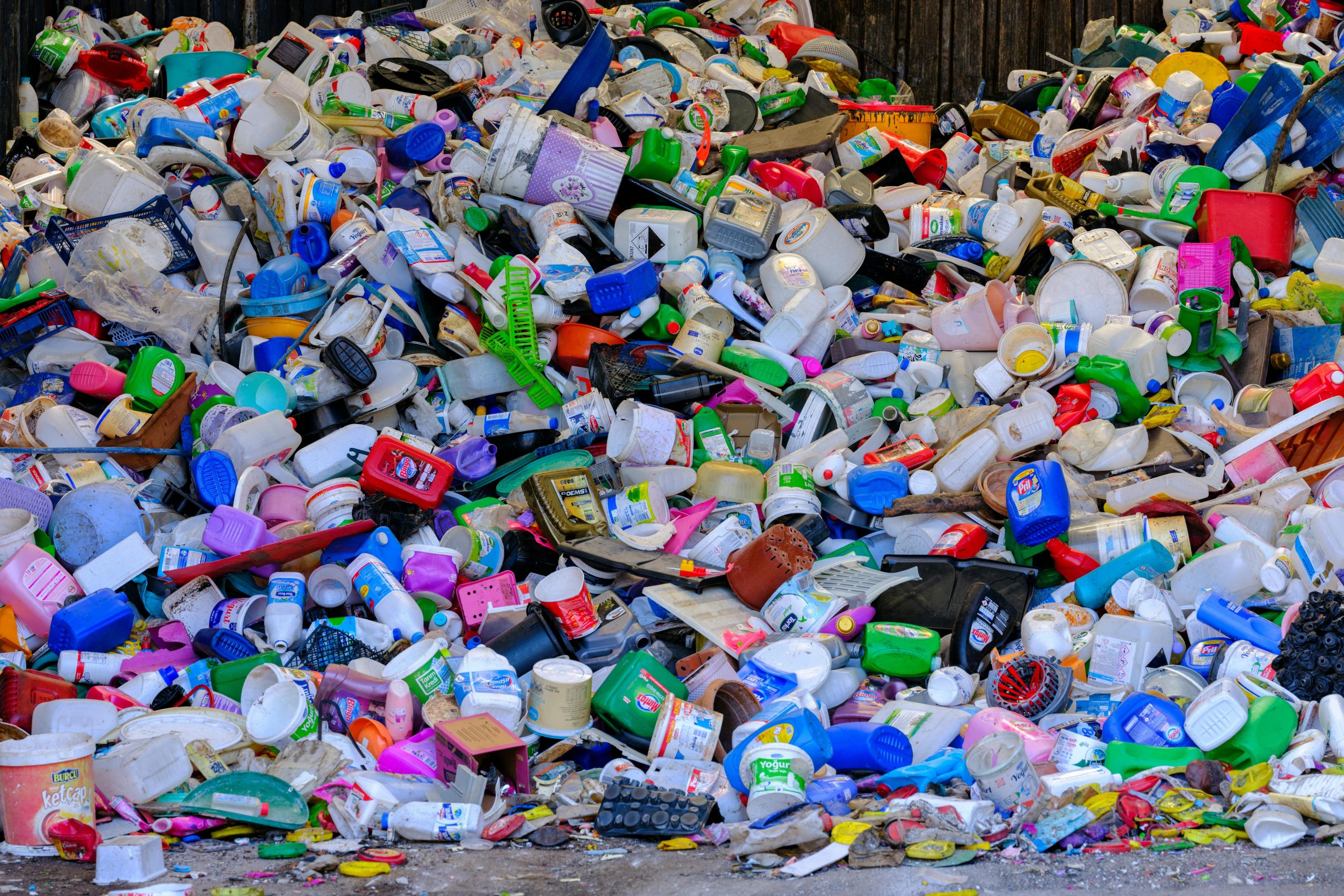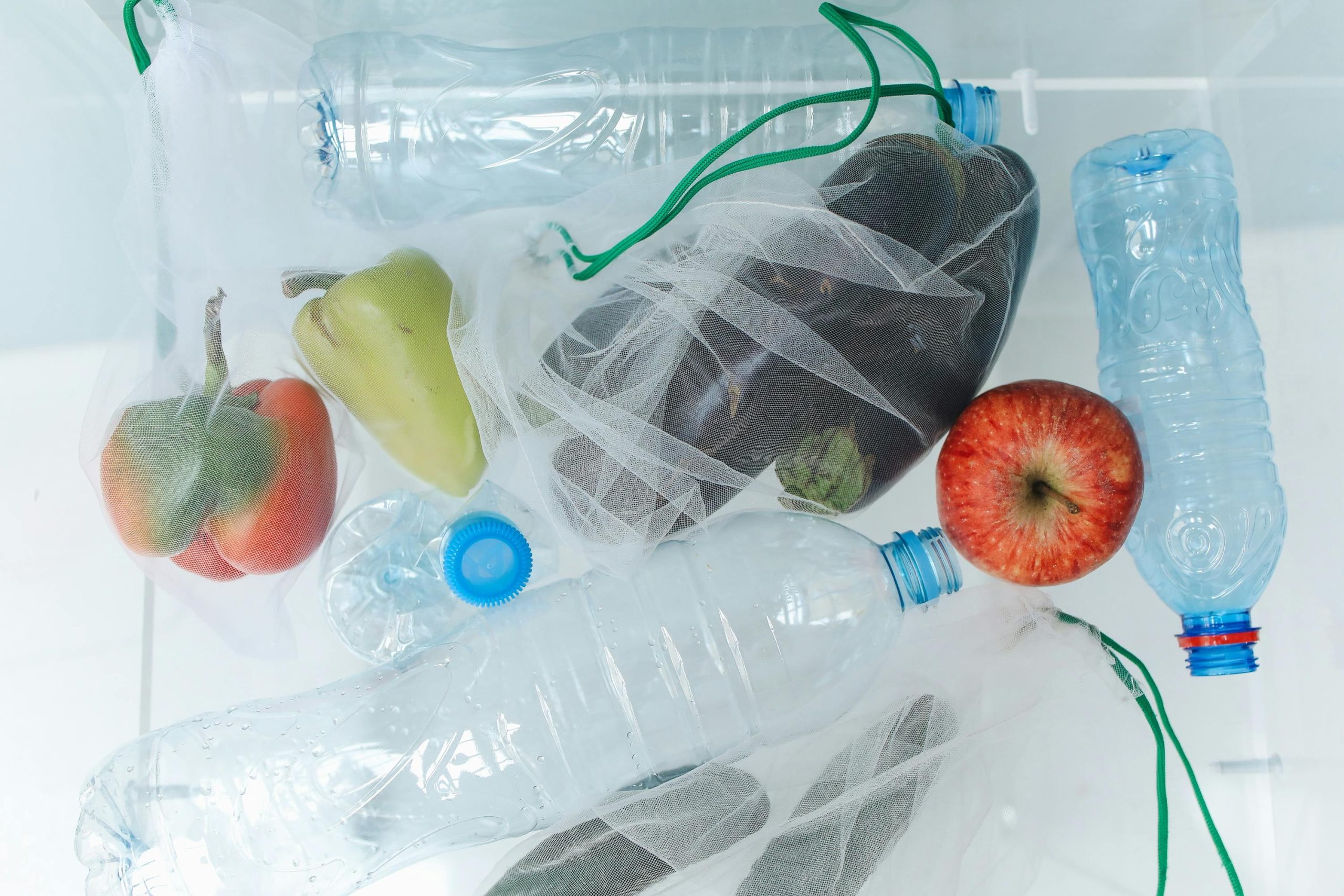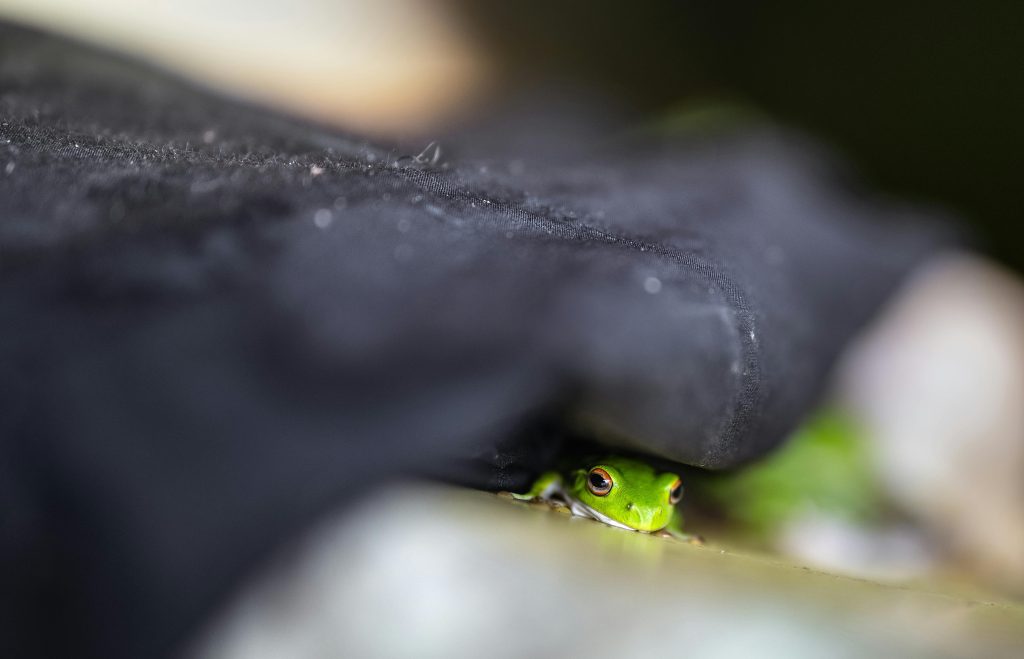“Ever stared at your makeup bag, wondering how much of it is slowly destroying the planet? Yeah, we’ve all been there.”
Gone are the days when beauty meant blind indulgence. Today’s conscious consumer is shifting toward Sustainable Choices, especially in natural makeup. But where do you start?
In this guide, you’ll uncover:
- The environmental impact of traditional makeup.
- Actionable steps to switch to eco-friendly products.
- Tips and tricks for mastering sustainable, natural makeup techniques.
- A rant on greenwashing that’ll leave you fired up (and ready to shop smarter!).
Table of Contents
- Key Takeaways
- The Problem with Traditional Makeup
- How to Build a Sustainable Makeup Routine
- Tips for Sourcing Eco-Friendly Products
- Case Studies: Real-World Success Stories
- FAQs About Sustainable Natural Makeup
Key Takeaways
- Sustainable choices reduce environmental harm while enhancing your beauty routine.
- Switching to refillable packaging can cut down waste significantly.
- Natural ingredients are better for your skin—and often better for the Earth.
- Avoid brands engaging in greenwashing by vetting certifications.
The Problem with Traditional Makeup

Let me paint you a picture—literally. Imagine tossing out an entire palette just because one shade ran dry. Sounds wasteful, right? Well, that’s exactly what millions of people do every year.
Consider this: A single mascara tube takes over 450 years to decompose. Suddenly, those weekly shopping sprees feel less “beauty haul” and more “ecological fail.” For years, I bought into the shiny allure of new releases without a second thought. Then I discovered my favorite foundation came in non-recyclable packaging. Oof.
Traditional makeup doesn’t just harm the environment—it impacts our health too. Parabens, phthalates, and synthetic dyes? Chef’s kiss for clogged pores.
Grumpy You: “But sustainable options are so expensive!”
Optimist You: “Not if you know where to look…”
How to Build a Sustainable Makeup Routine
Here’s how you can overhaul your vanity sustainably—without losing sleep (or breaking the bank).
Step 1: Audit Your Current Collection
Pull everything out. Yes, even that ancient bronzer collecting dust. Separate items based on recyclability, ingredient transparency, and overall condition. Spoiler alert: Half your stash probably needs replacing anyway.
Step 2: Research Eco-Friendly Brands
Look for companies committed to sustainability. Certifications like Cruelty-Free International, Leaping Bunny, and Fair Trade USA guarantee ethical standards. Pro tip: Bookmark brand websites for easy access during future shopping trips.
Step 3: Opt for Refillable Packaging
Refillable compacts aren’t just chic—they’re Earth-approved! Switching to these cuts down on single-use plastics drastically. Plus, they’re reusable year after year.
Step 4: DIY Natural Makeup Solutions
If you’re feeling crafty, try creating your own blush using beetroot powder or lip tint from cocoa butter. Warning: This might involve some trial and error (once, I turned my eyelids neon pink—not cute).
Tips for Sourcing Eco-Friendly Products

Now let’s dive deeper into practical advice:
- Read Labels Carefully: Ingredients matter. Avoid anything ending in “-cone,” which typically signals silicone-based formulas that wreak havoc on ecosystems.
- Educate Yourself on Greenwashing: Companies slap terms like “natural” and “green” everywhere—but what does it mean? Vet claims critically.
- Support Local Artisans: Small businesses producing handmade cosmetics often have lower carbon footprints than mass-manufactured giants.
- Repair Don’t Replace: Have a compact lid break? Many eco-conscious brands offer repair kits instead of forcing you to buy anew.
Case Studies: Real-World Success Stories
Take Sarah, a 27-year-old graphic designer who switched her routine entirely to zero-waste products last year. She credits her flawless complexion to mineral-based foundations free of toxins. “I didn’t think it was possible, but now I won’t go back,” she says.
Then there’s Green Goddess Beauty, a small indie label gaining traction for its biodegradable glitter line. Their secret? Collaborating with local farmers to source raw materials responsibly.

FAQs About Sustainable Natural Makeup
Q: Is natural makeup always sustainable?
Nope. Some “organic” lines still rely heavily on palm oil derivatives linked to deforestation. Always double-check sourcing practices!
Q: Can sustainable makeup work for sensitive skin?
Yes! Many eco-conscious brands cater specifically to sensitivities, omitting harsh chemicals altogether.
Q: What’s the biggest myth about going green?
That it has to cost a fortune. Thrift stores and bulk bins hold hidden treasures waiting to transform your routine affordably.
Conclusion
Making sustainable choices in natural makeup isn’t merely trendy—it’s transformative. From reducing landfill contributions to supporting ethical practices, small shifts add up big-time.
Remember, perfection isn’t the goal—progress is. So next time you reach for mascara, ask yourself: Does this align with my values? After all, true beauty shines brightest when rooted in kindness—to ourselves and our planet.
And hey—like a Tamagotchi, your skincare regime thrives on daily care. Keep nurturing both your glow and Mother Nature.


